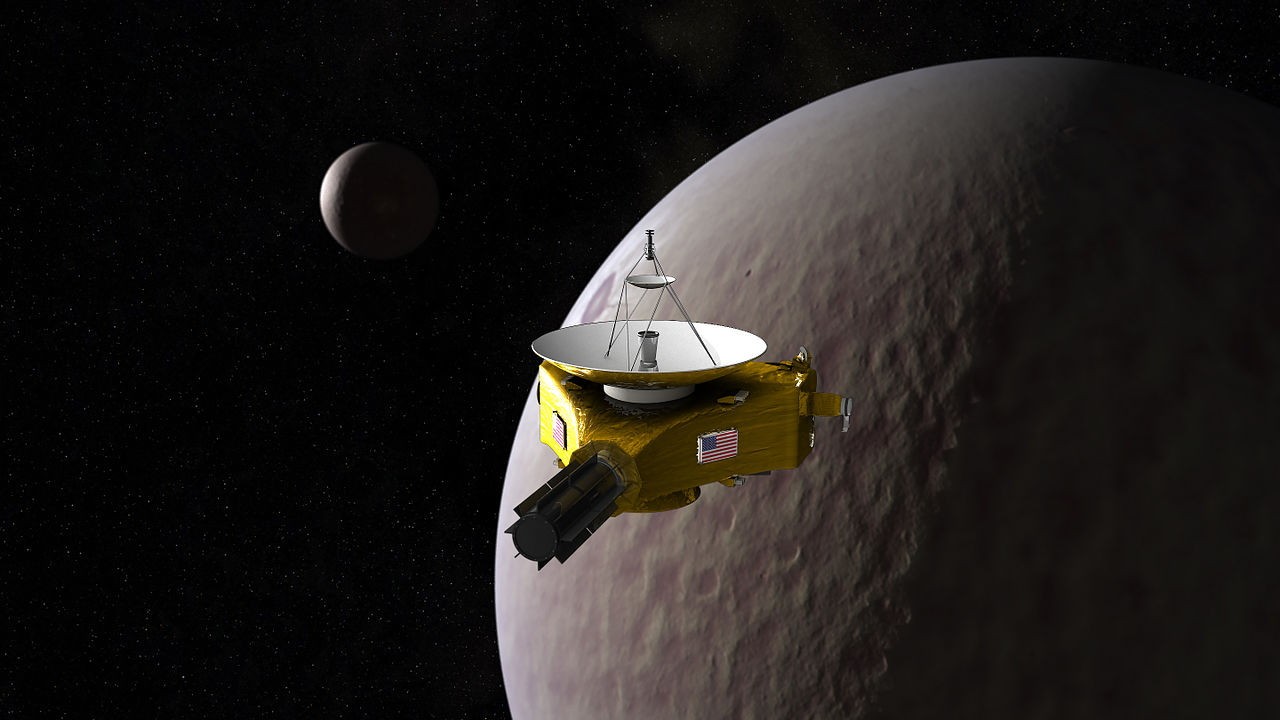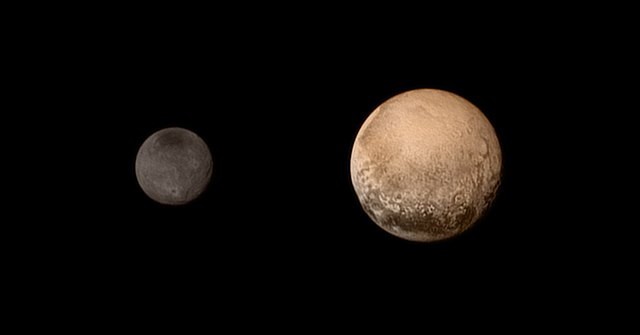The Subaru Telescope, located in Hawaii, has made a groundbreaking discovery that challenges our understanding of the solar system. Named after the Japanese word for “unite” and the Pleiades star cluster, this telescope has revealed evidence suggesting the possibility of a second Kuiper Belt beyond the first one discovered in the early 1990s.
The Kuiper Belt, a region of space filled with remnants of planetary building blocks, has been extensively studied by astronomers, including through the New Horizons mission, which explored Pluto and Arrokoth. However, the recent Subaru Telescope findings suggest that the Kuiper Belt might extend much further than previously thought, potentially even into a second belt.

This discovery has significant implications for our understanding of the solar system’s formation and evolution. The existence of a second Kuiper Belt could provide valuable insights into the early stages of our solar system. It might explain the presence of certain objects in the outer solar system, such as comets and dwarf planets, that have unusual orbits.
Additionally, studying the composition and dynamics of a second Kuiper Belt could help researchers better understand the processes that shaped the formation and evolution of our solar system. The discovery of a second Kuiper Belt also raises new questions about the potential for life beyond our solar system.
If a second Kuiper Belt exists, it could harbor a vast number of icy bodies that may contain the ingredients necessary for life. These bodies could be the targets of future space missions that aim to search for signs of extraterrestrial life. The Subaru Telescope’s findings are a major breakthrough in our understanding of the solar system.
They open up new avenues of research and exploration, and they offer the potential for exciting discoveries about the origins of life and the universe. Astronomers have made a groundbreaking discovery in the Kuiper Belt, a region of icy bodies beyond Neptune. They have identified a previously unknown population of distant objects that extend far beyond the Belt’s expected boundaries.
This unexpected finding challenges our current understanding of the Solar System’s formation and suggests that the original disk of planetary material was significantly larger than previously thought. The discovery of these distant objects raises several intriguing possibilities. One possibility is that the Kuiper Belt itself may be more extensive than we initially believed.

Another possibility is that there may be a second, more distant Kuiper Belt hidden beyond the one we have observed. Regardless of the true explanation, these objects have profound implications for our understanding of the Solar System’s evolution. The discovery of these distant objects also has significant implications for the New Horizons spacecraft, which is currently exploring the Kuiper Belt.
Since the spacecraft has not yet left the region, it may have the opportunity to study these newly discovered objects up close. Further research into these objects is essential to unravel their mysteries and gain a deeper understanding of the Solar System’s formation and evolution.

